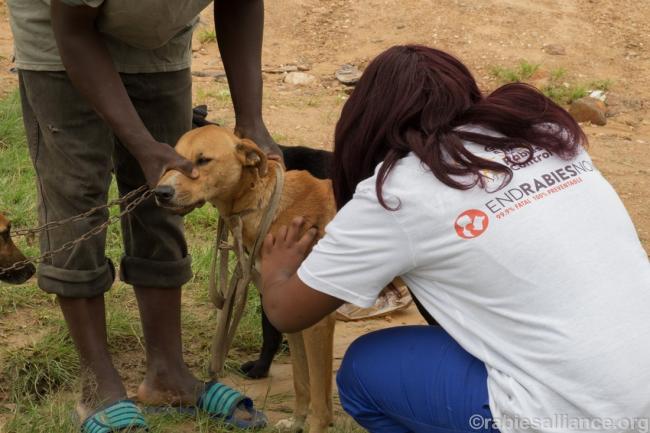Editorial: Setting a clear pathway towards global rabies elimination
Over the last few years, this newsletter has charted an important progression--the strengthening and streamlining of GARC’s work to support countries in their rabies elimination efforts.
Building on the evidence of pilot projects that demonstrated the feasibility of rabies elimination, we have developed the practical tools and the necessary networks for supporting successful rabies control efforts.
The strengthening of regional networks, first in Africa with the establishment of PARACON, just took a significant step with the launching last month of ARACON in Asia. And now a similar network will be mirrored in the Middle East and Eastern Europe with the formation of the MERACON network this coming month. These platforms allow GARC and our partners to strengthen coordination and introduce national rabies focal points from many countries into rabies control planning and evaluation tools, providing the support necessary for success through workshops and training courses.
Participants can try these tools out with their own national data, assess their program’s needs and create their own work plans to move their program forward. The meetings also allow for another valuable process: the provision of feedback on how these tools can be improved, filling the remaining gaps that hold countries back.
The Rabies Epibulletin, designed to support and improve rabies data reporting, is another tool being promoted at regional meetings. Data brought to the meetings from both health and veterinary services is added into country-focussed Epibulletin dashboards, which can then be tailored to suit a country’s individual needs going forward. This data is vital to assessing and directing customized national rabies elimination plans, and from there, progress towards regional and global goals.
Once a country’s rabies control needs and priorities have been established, scare resources can be better utilised and expert help can be sought for in-country capacity building in areas where it is lacking. The expertise of many international organizations is already being channelled into training courses and other capacity building exercises in endemic countries that can adapted to meet a country’s needs.
GARC’s advocacy work has also transformed over the years. The World Rabies Day campaign and the reassessment of the burden of canine rabies formed a solid foundation, but much has been built since then. GARC alongside the WHO, OIE and FAO, has now built the case for global elimination, and set a target date of 2030 for an end to human deaths from canine rabies. GARC now manages the End Rabies Now campaign to help promote awareness of the global aspirations, and United Against Rabies has finalised a business plan to achieve this goal. The plan will be launched before the end of May.
The global elimination business plan will be used to attract much needed resources for capacity building to allow countries to reach the targets set. A powerful package of support combining well-designed data and assessment tools, rabies vaccine banks, global awareness campaigns and expert support through regional rabies networks and in-country workshops now exists. In combination, these mechanisms provide a clear path that countries can follow to keep us on track to reach the global goal.
Contributed by Louise Taylor, GARC
